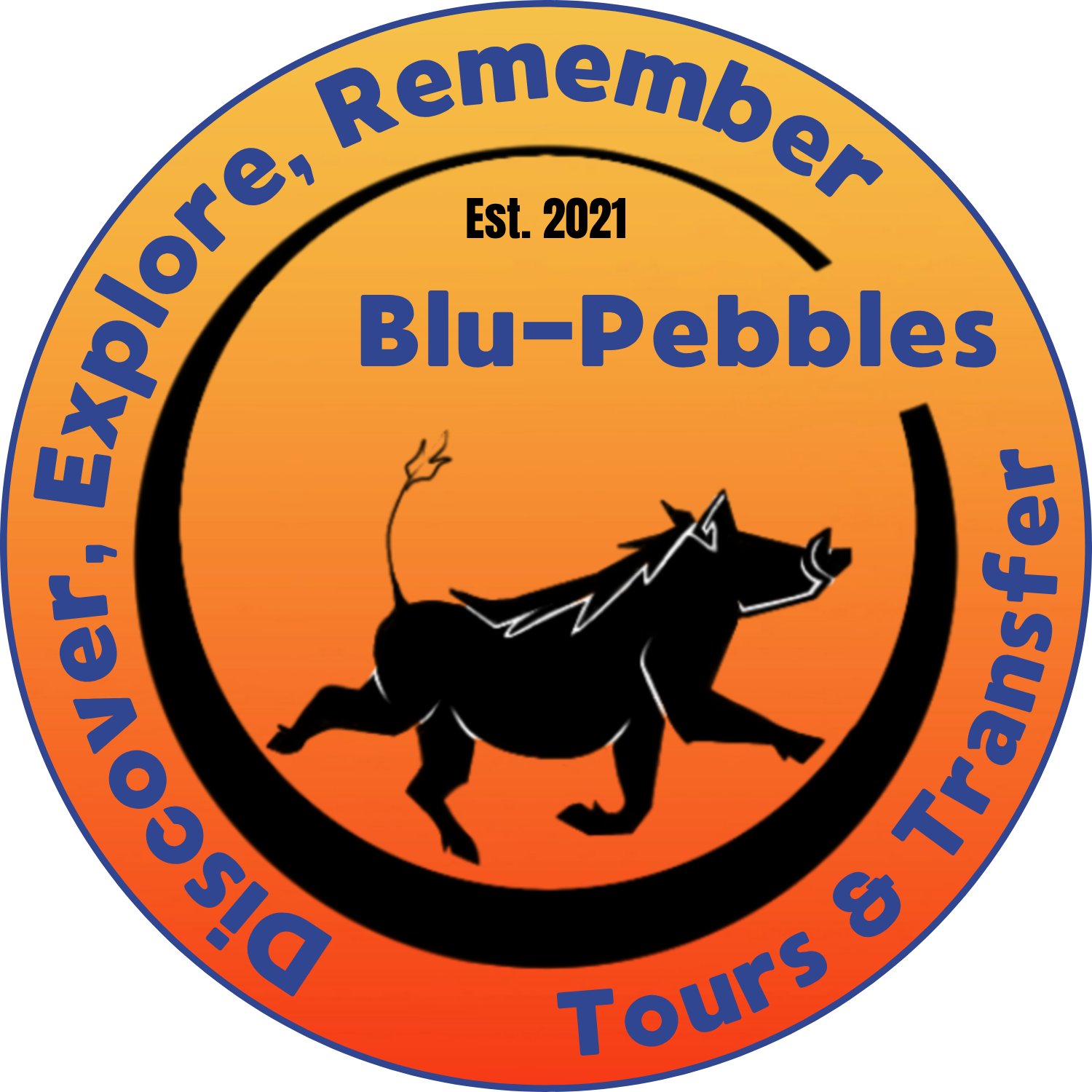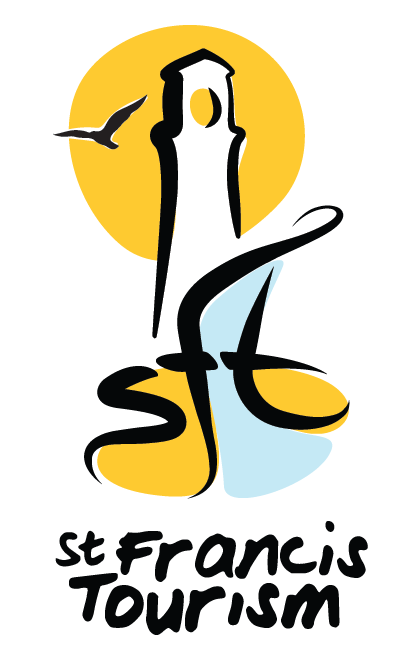Great sightings of Endangered Indian Ocean Humpback Dolphins
By Lloyd Edwards
Monday, 25th March 2024Sousa plumbea in Algoa Bay
We have been observing many of these dolphins in recent weeks. Not bad going seeing as the SA population is teetering on around 500 individuals. Our sightings have been close to King’s Beach, Humewood Beach and Pollok Beach. They have obviously been thriving on the prey produced by the prolific easterly winds and subsequent upwelling in Algoa Bay.
They get their name from the characteristic fatty hump on their backs. This hump gets progressively larger with age, especially males. They also get progressively lighter in colour and the dorsal fin takes on a more raggy appearance, especially on the trailing edge. Due to the low population estimates, low reproductive rate and high mortality, it is considered to be South Africa’s most endangered marine mammal. Its distribution runs along a narrow coastal strip from False Bay to the Bay of Bengal in India. Latest research points to there being an isolated population between Algoa Bay and False Bay. It was only separated from Sousa chinensis and recognized as a separate species in 2014.
They live very close to shore in the surf zone, in water less than 25 metres deep and often enter estuaries and harbours. They are slow moving and their long rostrum is the first part of the body to rise steeply out of the water. They have deep creases on their bodies, which become more exaggerated with age. They are covered in scars, probably from entanglements in fishing lines, as they inhabit shallow water that is also utilized by anglers. Sharks must also leave their signatures. Their worst nightmare are the shark nets in KwaZulu Natal, which have killed around 300 of these animals. Why we still have these nets in place, which kill hundreds of marine animals, I will never understand.
Maximum known body weight for males is 2,8m, while females reach 2,5m and weigh 280kg and 250kg respectively. Courtship and mating have been observed and studied here. Unlike Algoa Bay’s other dolphin species, pairs become isolated prior to mating. Partners swim alongside each other before breaching, and then dash off to repeat the process several times. After brief copulation they swim off, rubbing each other with their bodies. This is repeated often. Calves are born after a gestation of a year, at one metre in length and weigh in at 14kg. Calving takes place throughout the year, but mostly between December and April. Calves start taking solid food from six months, but can still be breastfed for many years. Both sexes can live for 40 years.
The best places to view them in Algoa Bay are between Happy Valley and the beacon at Cape Recife, around the harbour and at the mouth of the Swartkops River. They seem to prefer shallow water reef and sandy bottom fish and especially those that are estuarine dependent. In the stomach contents of two individuals stranded in Algoa Bay, 20 fish remains, four squid and an octopus were found. This included 12 Blue Hottentot, four unidentified sea bream, one Cape stumpnose, one spotted grunter and a mackerel. Stomach contents from dolphins caught in shark nets reveal that they can prey on up to 60 different animals. They use sonar to locate their prey in dirty water.
Read more on this species.

I waited 27 years to get a humpback dolphin to breach clean out of the water! Taken with a Nikon Z9 with a mirrorless 70 to 200 lens set at cropped making it a 300mm, f/8 and 1/1600th second.

A great capture here by our resident scientist Claudia Sforna from Italy. Shot with a Nikon Z8, 86mm, ISO 1400, f/13 and 1/2000th second.

Another great shot by Jake Keeton. It is very rare to capture 5 humpback dolphins all on the surface! See how the long rostrum is the first part of the animal to break the surface.

A mother and her calf. Note the signs of an entanglement or other cause on the mother's back just above the calf's back.

An adult breaks the water with the rostrum first, unlike our bottlenose dolphins whose blowhole is the first part of the animal out of the water.

Note how the adults get paler with age. There is plenty of raggy bits of skin on the trailing edge of the dorsal fin making this individual very easy to recognise. The perfect image for our national catalogue.

Malcolm from Rack and Paddle trails a mother and calf just off Port Elizabeth's lovely beachfront. Ours has to be one of the best cities in the world for admiring cetaceans from it's shoreline.











